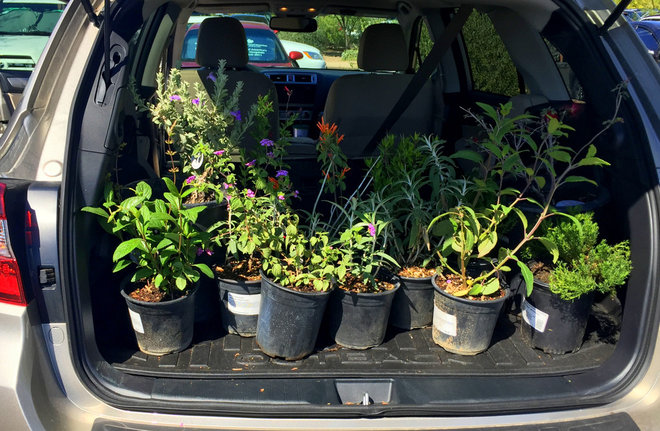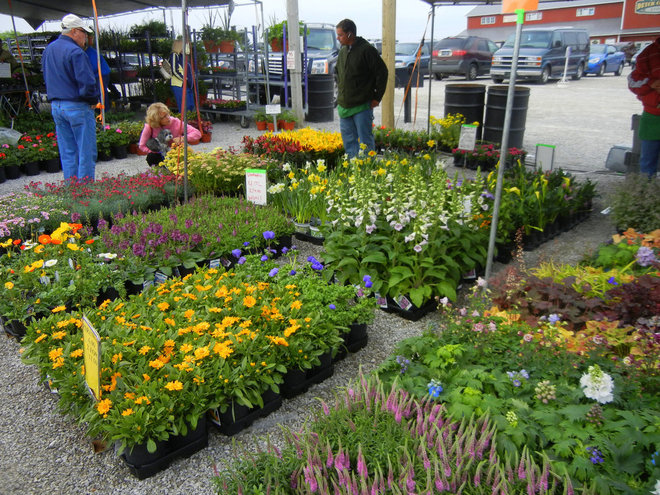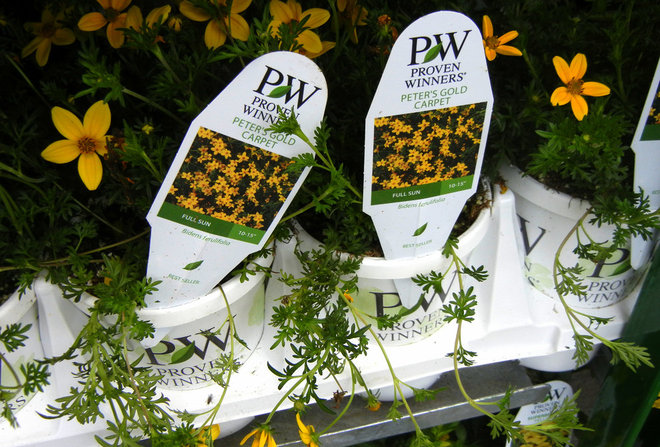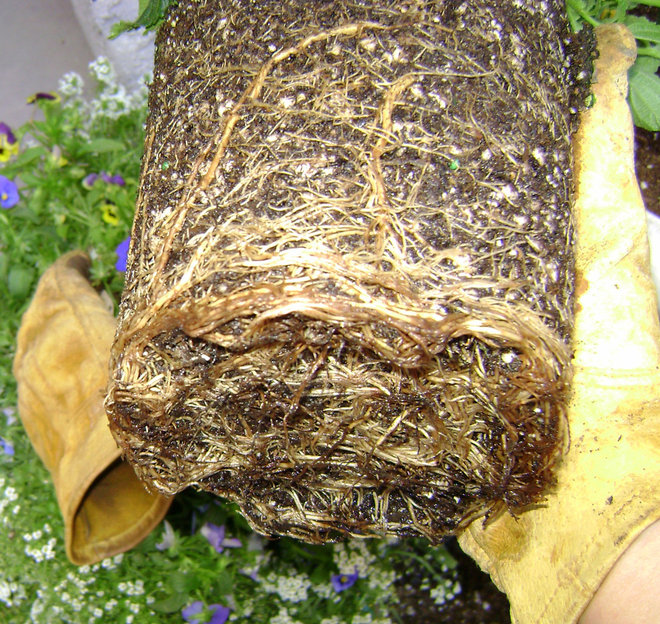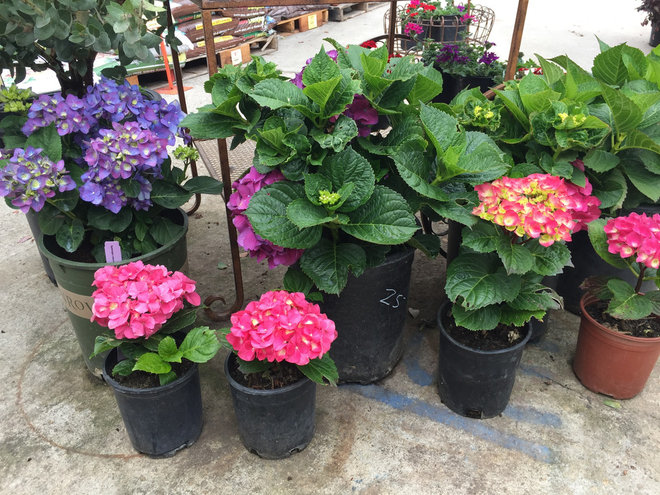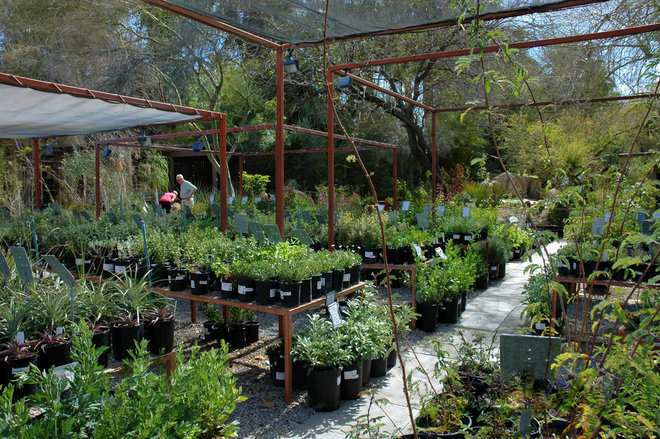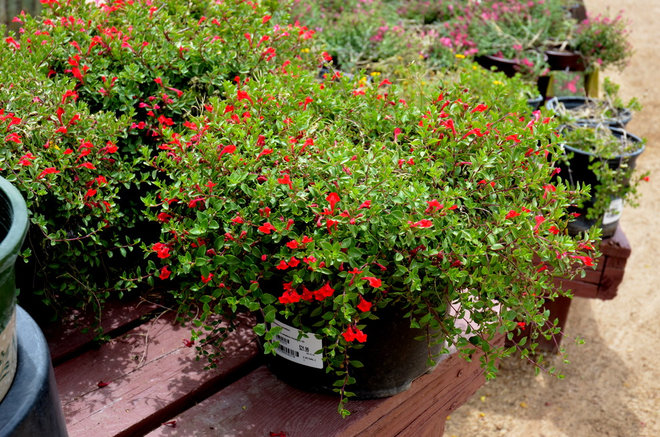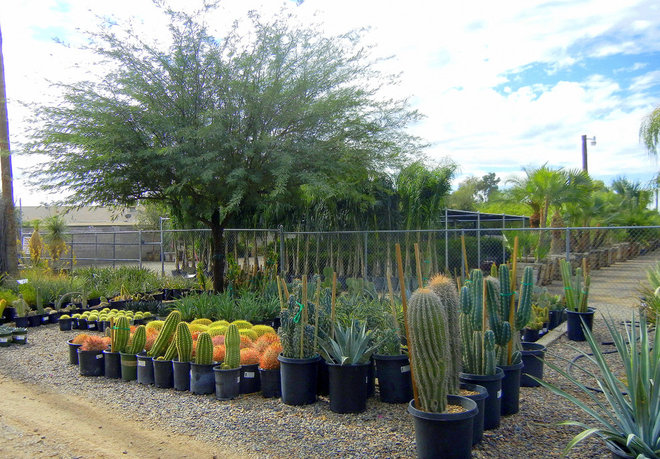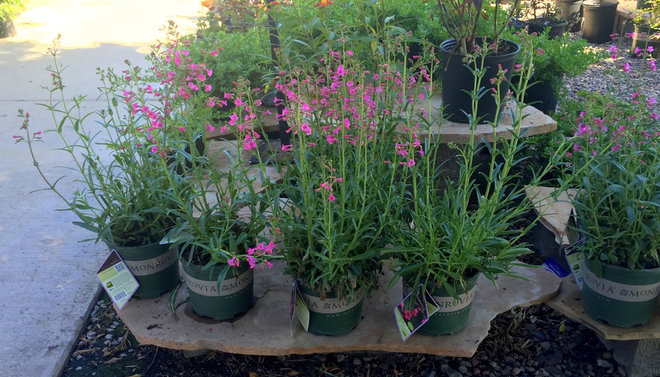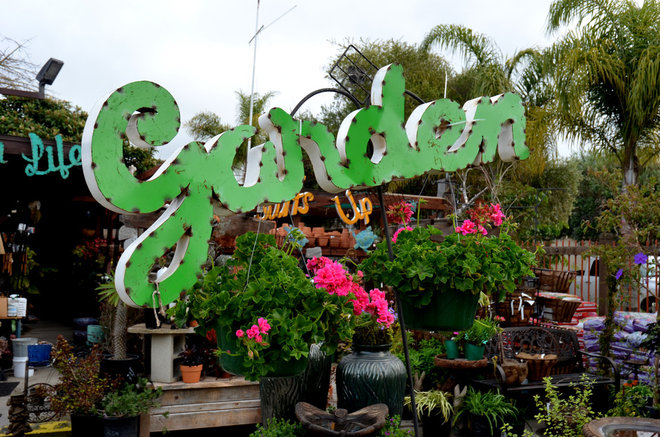- Exposure: Does it get full sun, filtered sun or shade? What direction does the plant location point toward? For example, areas that face west often get hot full sun in the late afternoon, while northern exposures tend to be shady. Planting sites that face east get morning sun and afternoon shade, and southern exposures get an even amount of sun all day.
- Space: How much room is there for a plant to grow? If it is a large area, you may need several smaller plants or a single plant that will grow large.
- Soil: What type of soil do you have? There are three main types of soil — clay, loam and sandy — and often plants have a preference for a specific type.
Sadly, it isn’t uncommon for some large chain stores to sell plants that are ill-suited to the particular climate they are located in. Your best bet is to walk on by that pretty plant, unless you have time to do a little research. First, contact your local cooperative extension office and ask to speak with a Master Gardener who can provide you with helpful information.
- Yellowing leaves: This can be an indicator of nutrient deficiency, overwatering or both.
- Root-bound plants: When plants have been growing in their nursery container too long, their roots begin to grow in circles, making it hard for them to absorb water or nutrients. A sign of a root-bound plant includes its roots growing through its container’s drainage holes, or you can ask the nursery professional to carefully pull the plant from the pot so that you can see the root system. Root-bound plants will have a thick mat of roots at the bottom and around the sides of the plant, as shown in this photo.
- Pests or disease: Plants at the nursery can be harboring harmful insect pests or diseases, which can infect nearby plants in your garden. Check the leaves for spots or speckling, which can be a sign of damage. Insects tend to hide underneath leaves or on stems.
- Weeds: Look closely at the top of a plant’s rootball to be sure there aren’t any weeds lurking, trying to hitchhike their way to your home. You can simply pull the weeds out before planting.
- Wilting leaves: It’s obvious that a plant hasn’t been watered enough at the nursery when its leaves begin to wilt. Sometimes all plants need is a good deep watering to recover.
Imagine if you came home with a hydrangea plant that was covered with colorful flowers, and you planted it. You would expect to enjoy its flowers for a long time. A good portion of its flowering occurred while it sat at the nursery, however, so the amount of time that the flowers will remain open at your home is limited. In addition, transplanting new plants is stressful and can cause flowers to drop. If you had bought the hydrangea that had unopened blooms, its flowers would have opened shortly after planting and you would have enjoyed a longer bloom season.
There are times, however, when a larger plant is a better choice. If you are looking for an instant impact or have chosen a slow-growing plant, then the bigger size may be the best choice.
Whenever possible, ask your nursery professional for plants that come from local growers.
Many smaller, local nurseries don’t. The reason for this is that they cannot control how the customer waters or cares for the plant, which may result in its death.
If you are choosing a plant that isn’t easy to grow, you may want to find a nursery that will offer a warranty for that plant. Or you can always buy a plant that is easy to grow in your area, so that a warranty will most likely not be needed.
It’s important to note that not everyone who works at a nursery knows a lot about plants, so don’t be afraid to ask to speak with the certified nursery professional on staff about your questions.
Shown: Parry’s penstemon (Penstemon parryi)
- Local nursery: These nurseries are usually locally owned, with one to several locations scattered throughout a city or metro region. They tend to be the best resource for a wide variety of plants that are locally grown and are adapted to your region. The staff is also generally very knowledgeable about the gardening challenges that are unique to your area and how to deal with them.
- Big-box store and large-chain nursery: Because of their size and buying power, they offer the cheapest prices, and new plants are delivered frequently. Warranties are also more likely to be offered at these types of nurseries.
- Botanical garden plant sale: This is a great resource for both common and hard-to-find plants that are well-adapted to your climate. These sales are typically offered in spring and sometimes also in fall. Some gardens have a year-round nursery where visitors can buy plants.
Originally published on HOUZZ, by Noelle Johnson
